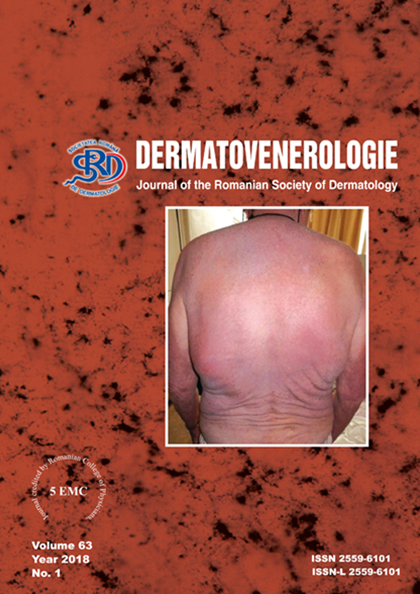Psoriazisul vulgar este bine cunoscut ca o boală inflamatorie cronică, recurentă, mediată imun cu o predispoziție genetică acceptată. Atât etiologia psoriazisului, cât și markerii de laborator specifici pentru activitatea bolii rămân incomplet deslușite. Prolactina (PRL) acționează ca o citokină cu funcții imunomodulatoare și joacă implicit un rol în biologia pielii. Cu toate acestea, rolurile PRL ca posibil marker biologic în psoriazis rămân neclare. Scopul acestui studiu a fost de a confirma dacă nivelurile serice ale PRL reflectă activitatea bolii sau a complicațiilor sistemice ale acesteia, cum ar fi boala articulară inflamatorie.
Psoriazisul vulgar este bine cunoscut ca o boală inflamatorie cronică, recurentă, mediată imun cu o predispoziție genetică acceptată. Atât etiologia psoriazisului, cât și markerii de laborator specifici pentru activitatea bolii rămân incomplet deslușite. Prolactina (PRL) acționează ca o citokină cu funcții imunomodulatoare și joacă implicit un rol în biologia pielii. Cu toate acestea, rolurile PRL ca posibil marker biologic în psoriazis rămân neclare. Scopul acestui studiu a fost de a confirma dacă nivelurile serice ale PRL reflectă activitatea bolii sau a complicațiilor sistemice ale acesteia, cum ar fi boala articulară inflamatorie.


